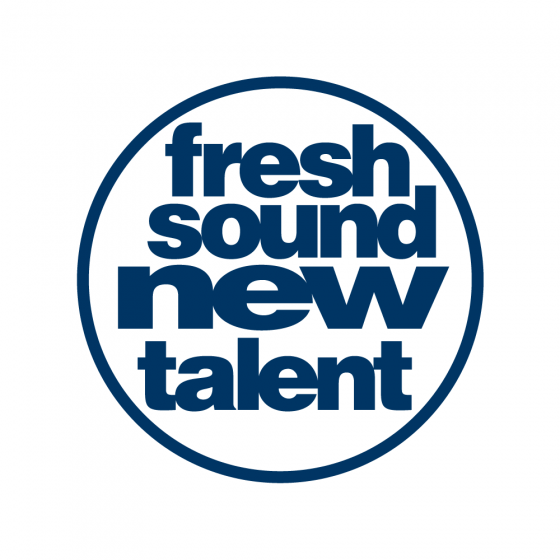
Finding those diamonds in the rough who are constantly moving onto greener pastures is the recruiter’s dream. Except that with the increased use in social media and online recruiting, the challenge has become greater as the overwhelming sense of networking sometimes seems to swallow us whole. Chances are that hidden talent won’t be hidden for long. Recruiters will soon be everywhere in every single nook and cranny around the Internet on the hunt for the perfect recruit.
Using places where recruiters haven’t saturated the market yet will give a company the competitive advantage when recruiting hidden talent. Not sure where to look? These hidden gems won’t be a secret for long, but using your network in unconventional ways is a good place to start. A good recruiter will have already built the foundation, but might not be using them to actively recruit. We’ve come up with a few avenues that recruiters need to be seeking out candidates. Top talent is hard to find in certain industries, so why not switch up your recruiting strategy?
LinkedIn & Facebook Groups. Tapping into the true power of Facebook and LinkedIn groups will allow recruiters to tap into unused talent and networks. Specifically, LinkedIn groups now have their own “Jobs” tab. While it looks like the one in the main menu, it’s completely different. Under this tab, recruiters are allowed to put jobs advertised to a specific group of people. These messages allow recruiters to micro-target meaning less competition and advantage to the job seeker participating. Facebook Groups are still in development, but allow recruiters to target the younger demographic and it’s fairly cheap advertising for jobs.
Evernote Hello. There’s no worse feeling then networking and forgetting a business card or even losing a card. Recruiters are constantly talking to people, taking mental notes, and on the search for a perfect candidate. With Evernote Hello recruiters are able to instantly scan a business card immediately after meeting a potential candidate and make notes on them. This tool is perfect for career fairs when recruiters see hundreds of students or professionals at one time. Best of all—the app is free!
Your Blog. Most companies don’t take advantage of their blog when it comes to recruiting. A smart job seeker will be apart of your community, which includes reading and commenting on topics from your blog. Putting themselves out there and making themselves known could be an entirely new blog topic. By providing specific resources and downloads for job seeker audiences and positions you want to hire and recruit is a great way to build relationships. From there you’ll be able to invite them to your talent network and gain better insights and information.
Where have you found recruitment to be the best? Give up your secrets!
Jessica Miller-Merrell, SPHR is a workplace and technology strategist specializing in social media. She’s an author who writes at Blogging4Jobs. You can follow her on Twitter @blogging4jobs.
Photo Credit.







